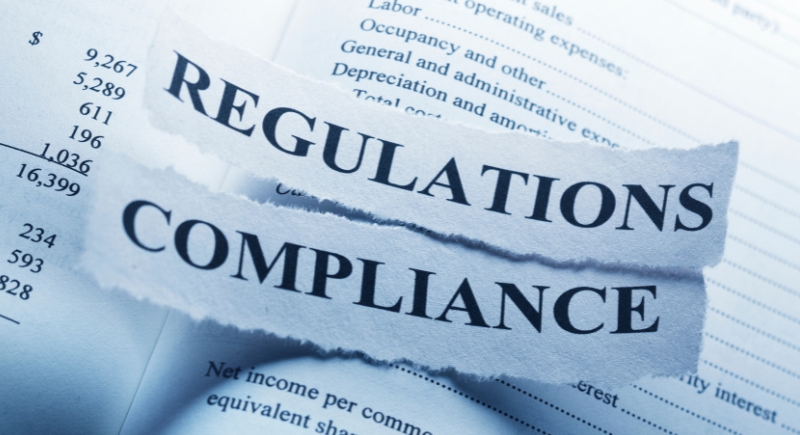The Scam Call Epidemic Is a National Crisis and No One Is Doing Anything About It
Scam calls have exploded into a nationwide problem, reaching levels that experts now describe as a crisis. Americans are bombarded daily with fake delivery updates, bank alerts, and government warnings designed to deceive them and extort money. These calls increasingly originate from global criminal operations structured like corporations, using advanced VoIP technology to reach millions of targets worldwide. Despite new rules and commitments from regulators, the calls continue to show that enforcement remains far behind the scale of the threat.
A Broken Defense System

Image via Canva/Iqbal Nuril Anwar
The Federal Communications Commission (FCC) introduced a system known as STIR/SHAKEN to verify caller identities and reduce spoofing. It was designed to make scam calls traceable, but fraudsters soon found workarounds by routing calls through international networks or constantly rotating phone numbers. Telecom companies argue they can’t block calls more aggressively due to privacy laws and technical limits, though critics say slow progress also stems from limited accountability and inconsistent enforcement.
Americans receive billions of robocalls each month, including scam and spam calls that cost consumers significant sums each year. The FCC continues to fine offenders, yet large-scale networks—especially those operating overseas—remain difficult to reach. Experts agree the problem has grown too complex for scattered enforcement.
It can take just a short sample of recorded audio to generate a cloned voice convincing enough to fool victims. One notable incident involved an AI-generated voice of President Joe Biden used in a disinformation campaign before the New Hampshire primary election. Experts warn that future scams may involve deepfake video messages or personalized AI-driven scripts targeting individuals by name. As these technologies evolve, caller ID and human intuition are becoming far less reliable defenses.
How Global Networks Took Over
According to the United Nations Office on Drugs and Crime (UNODC), scam call centers are now part of organized criminal networks operating across multiple continents. Many began in Southeast Asia and have since expanded into Africa, the Middle East, and parts of Europe. Some operations lure or even traffic workers under false job offers. The UN estimates these transnational fraud networks generate between $27 billion and $36 billion annually.
The tactics evolve quickly. Victims often receive fake tax refund alerts, bank warnings, or package notifications demanding fees. Scripts are localized by language and culture to appear authentic. Some operations use shell companies and legitimate business fronts to conceal profits. When authorities close one operation, the groups relocate to regions with weaker oversight and fewer cybercrime laws.
The Political Element Behind the Chaos

Image via Getty Images/DNY59
The United States once held a leading role in telecom regulation, but oversight weakened during Donald Trump’s administration, when the FCC rolled back several consumer protection measures. The stated goal was to reduce regulatory burdens, but the outcome left enforcement fragmented and slowed progress on comprehensive anti-scam coordination.
Since then, federal and state agencies have struggled to mount a unified response. Complaints have surged, yet fines and lawsuits have done little to stop the flood. Carriers frequently cite legal limits and privacy risks when filtering calls, while consumers continue to report the same scams month after month.
Australia faced a similar crisis and chose a more direct approach. The government made it mandatory for telecom operators to trace and block scam calls before they reached users. The policy also required data sharing between carriers and government agencies, alongside a registry that verifies legitimate text senders. Within two years, more than 2.3 billion scam calls and hundreds of millions of fake texts were blocked, according to official reports.
The contrast with the United States is stark. American telecom companies maintain separate spam databases and filtering systems, but operate independently. Each network protects its own interests rather than building a shared defense. Regulators have not implemented a coordinated nationwide blocking system, and voluntary industry efforts still fall short of what is technically possible. Without firm legal pressure and stronger accountability, meaningful progress remains slow.